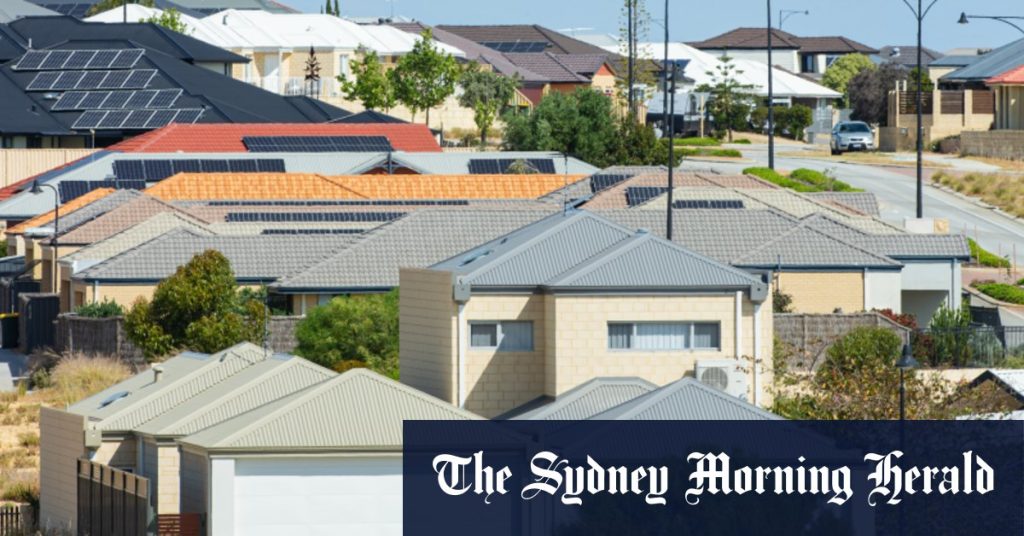The state economic outlook in Western Australia is looking positive with forecasts indicating an upturn in resource investment and government expenditure. Population growth is also strengthening, with rates above 3 percent per year. Migration flows, both from interstate and overseas, are being drawn to Perth due to a strong labor market and relatively affordable housing, providing a solid foundation for further double-digit price growth in the near future. The median house price is expected to increase by 12.9 percent in 2024, surpassing that of Adelaide once again.
There is noted potential for significant upswings in price cycles in the Perth property market, with risks leaning towards the upside. The combined median dwelling price for capital cities increased by 1.5 percent quarter on quarter to $946,000 in December, with Perth, Adelaide, and Brisbane driving this growth while Melbourne and Sydney experienced a loss in momentum. House prices rose by 7.6 percent and units by 5.7 percent for the year. Anticipated interest rate cuts starting in late 2024, as well as a persistent housing shortage, are expected to further accelerate price growth in 2025.
Recent data from the Real Estate Institute of WA reveals that Perth’s median house sale price reached a new record of $620,000 in March, with houses typically selling within eight days. Chief executive Cath Hart attributes this ongoing strong demand for homes to the rapid population growth in the region. With a population increase of 3.3 percent to over 2.9 million in the year leading up to September 2023, the number of completed dwellings is falling short of what is needed to accommodate these households. This shortfall is driving people towards the established housing market, intensifying competition and subsequently driving prices upwards.
The current trend of increasing population and limited housing supply is creating fierce competition in the housing market in Western Australia, leading to substantial price growth. House prices have risen significantly by 12.7 percent year-on-year, with unit prices also experiencing a 5 percent increase. It is clear that the ongoing demand for homes, coupled with the lack of adequate housing supply, is creating a competitive market environment where prices are continuously on the rise. This situation is likely to persist as long as population growth remains high and housing supply struggles to keep up with demand.
The strong economic outlook for Western Australia, driven by resource investment and government spending, is contributing to a positive housing market in the region. With population growth exceeding 3 percent per year and migration flows drawn to Perth due to a strong labor market and affordable housing, the foundation for continued price growth is solid. Forecasts suggest that the median house price in Perth is set to increase by 12.9 percent in 2024, outpacing Adelaide once again. The potential for significant upswings in price cycles in the Perth property market indicates that risks are skewed towards the upside, with anticipated interest rate cuts and a housing shortage set to further accelerate price growth in the coming years.
The Real Estate Institute of WA’s data highlights Perth’s record-breaking median house sale price of $620,000 in March, with houses typically selling within eight days. This strong demand for homes is driven by rapid population growth, which is not being adequately met by the number of completed dwellings. As a result, people are turning to the established housing market, intensifying competition and leading to price increases. House prices have risen by 12.7 percent year-on-year, while units have experienced a 5 percent increase, demonstrating the impact of population growth and housing supply shortages on the housing market in Western Australia.


